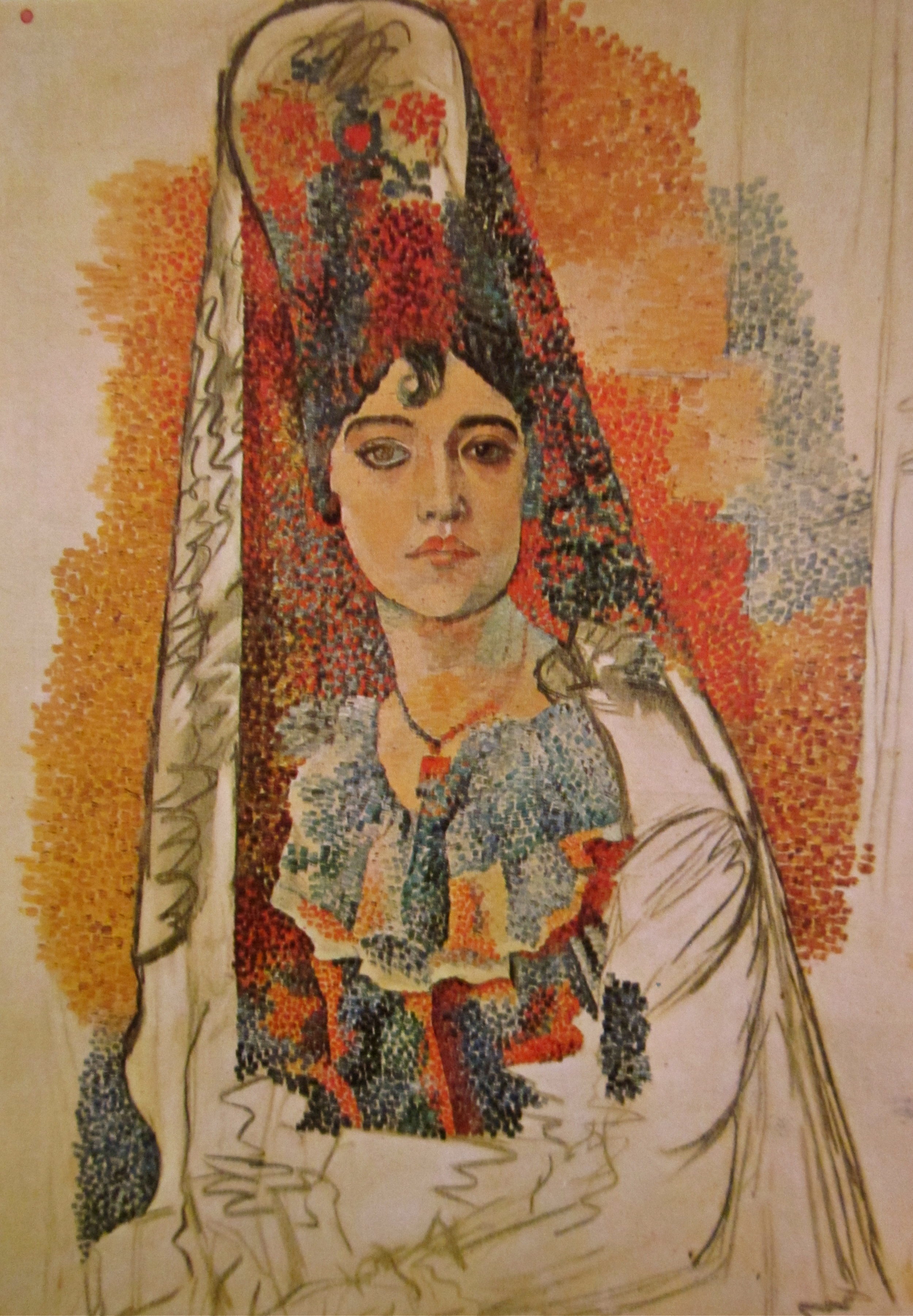A familiar sight to students of art, and those who have visited any major museum, The Three Graces have been depicted in many different mediums ever since the ancient Greeks were carving them into stone.
Also known as Charities, they are shown as three eternally young, beautiful women gracefully dancing or gently frolicking while holding onto each other’s arms, hands, shoulders, necks, or waists.
They sometimes are seen to be holding vases, fruit, corn, roses or musical instruments as well. And, they are almost always nude, or draped in sheer fabrics, and the two outer figures face the viewer while the middle figure is facing away.
According to Greek mythology, they were supernatural nymphs and goddesses that were the daughters of Zeus and the sea nymph Eurynome. Their names were Aglaia, Thalia, and Euphrosyne, and they were the attendants of Aphrodite — the goddess of love and beauty.
They are considered to be the personifications of beauty, charm, and grace, inspiring others to seek wisdom, love, culture, creativity and generosity.



